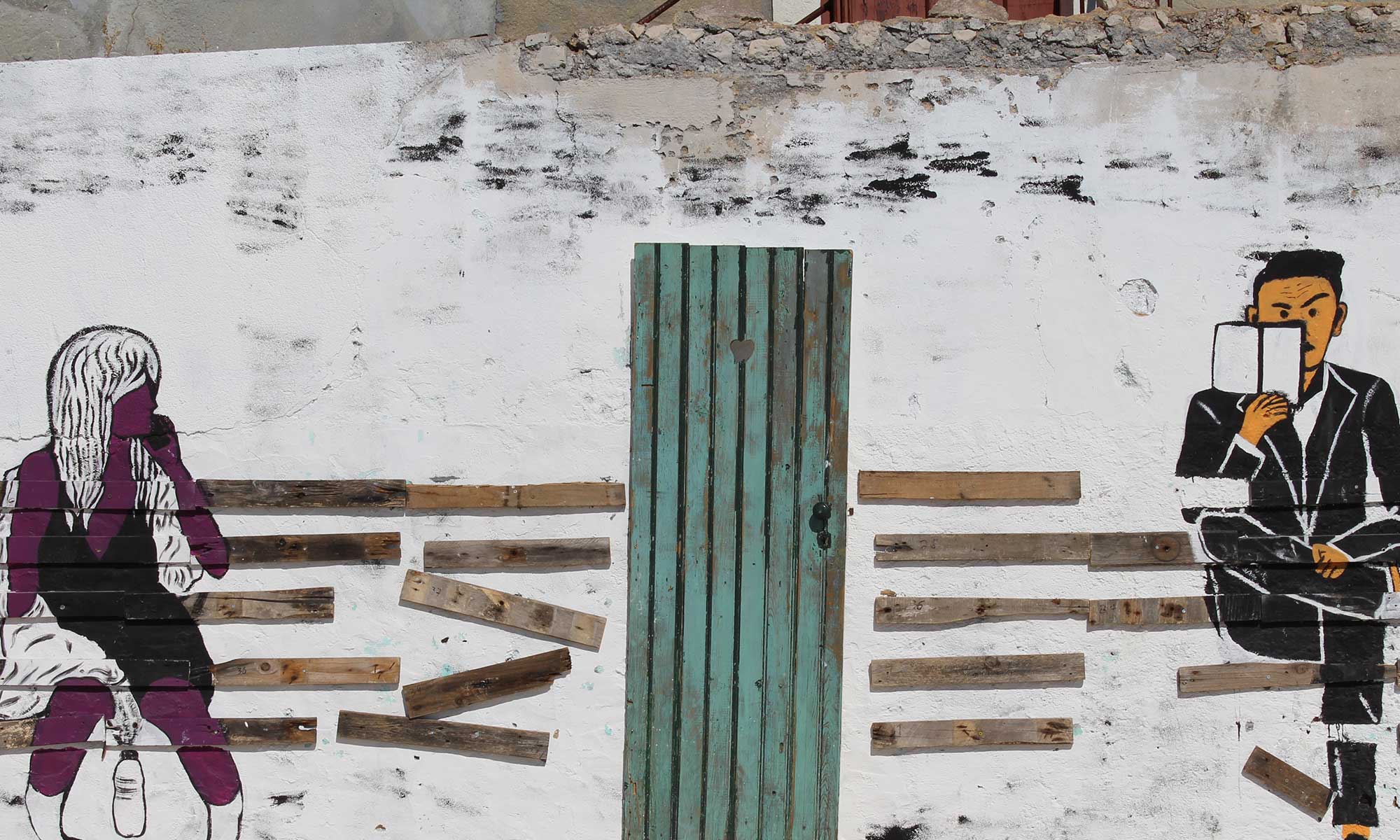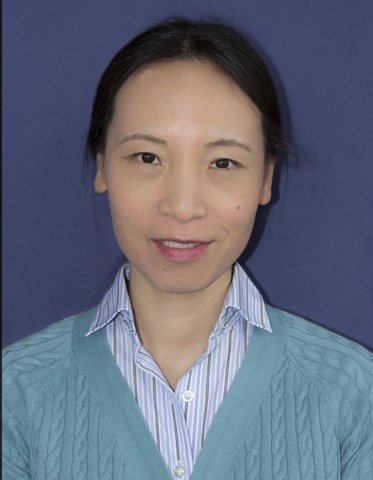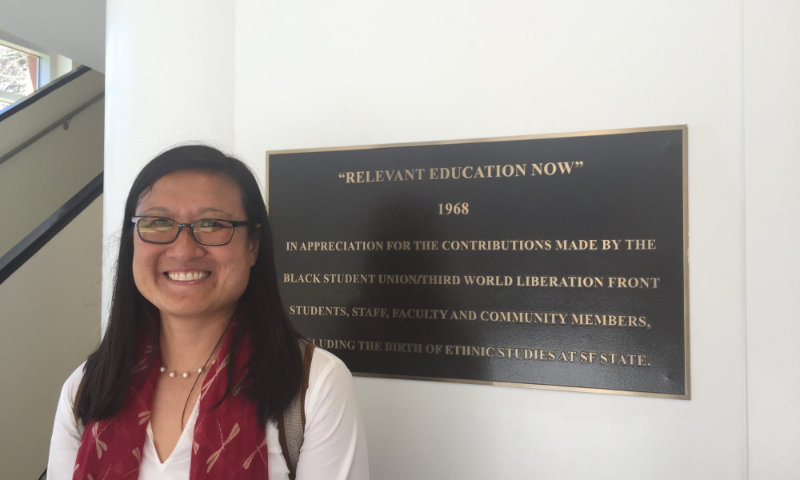My earliest memory of reading and literature is associated with pocket-sized picture-story books (known as “Lian Huan Hua” in Chinese). When I was young, my mother read the stories to me; when I learned to read enough words, I read as many picture-story books as I could get my hands on. The majority of these books are illustrated adaptations or abridged versions, usually in narrative form. Their language is generally accessible to young readers. Through these compact-sized books, I came to know the stories and meanings of idioms in Chinese language, anecdotes about where some of the renowned poets draw their inspiration, historical and fictional events, experiences of notable historical and literary figures, contemporary stories situated in and reflecting the social and political changes in twentieth-century China, the characters and plot elements of the four classical Chinese masterpieces: The Water Margin, The Romance of the Three Kingdoms, The Journey to the West, and A Dream of Red Chambers, as well as of a wide range of other works. I was particular drawn to characters on the margin of social structures: the rebels in The Water Margin, the underdogs in The Romance of the Three Kingdoms, and the Monkey and his mischiefs in The Journey to the West. As a child, I found the imaginary worlds vast and enchanting, the characters’ physical and emotional journeys fascinating. In other words, I fell under the spell of reading and literature way before I learned anything about literary concepts, genres, movements, and theories. Reading fostered a sense of curiosity that carries me forward to this day.
I also remember going through phases with different kinds of reading materials while growing up: being obsessed with Aesop’s fables, myths, legends, and various folk and fairytales; or seeking out works by women writers, such as: Wang Anyi, Yang Jiang, Tie Ning, Chi Li, Can Xue, Bing Xin, Zong Pu, Zhang Jie, and Eileen Chang; or reading Japanese literature by Yasunari Kawabata, Kenzaburo Oe, Yukio Mishima, Osamu Tezuka, and other writers; or loving Heinrich Heine, Stefan Zweig, and Milan Kundera’s works for no particular reason. By the time I graduated college with a degree in Chinese literature, it was hardly surprising that I would choose to pursue graduate training in literary studies and continue to broaden my reading and learning.
Ethnic American literature was not really “a thing” on my radar when I was a college student. The closest experience I remember was reading works by Kenneth Hsien-yung Pai and Yu Lihua in an elective course on Taiwanese writers. That was the first time I was introduced to literary works about the life and experiences of Chinese living overseas. I did not discover Asian American literature or Asian American studies as a field until I came to the United States, pursuing a graduate degree in comparative literature and planning to focus my study on postcolonial theories. For that reason, I would describe myself as an “accidental” Asian Americanist. It is no exaggeration to say that reading Maxine Hong Kingston’s The Woman Warrior: Memoirs of a Girlhood among Ghosts as a first-year graduate student at Dartmouth College changed my academic life. My late advisor Dr. Susanne Zantop recommended Kingston’s book, not for a particular class or project and just for reading. I remember feeling exhilarated and also overwhelmed at the time. It was the first Asian American text I read and one of the books I continue to go back to over the years. Each time I reread it, I still feel amazed by details, nuances, and meanings I have missed. The Woman Warrior became one of the cornerstones for my doctoral dissertation and continues to influence the ways in which I read, write, and teach. Reading works by Amy Tan, Gish Jen, David Henry Hwang, Li-Young Li, Karen Tei Yamashita, Fae Mei Ng, Jessica Hagedorn, Theresa Hak Kyung Cha, and John Okada, together with books by Louise Erdrich, Leslie Marmon Silko, Gloria Anzaldúa, Toni Morrison, Alice Walker, Chinua Achebe, Chimamanda Ngozi Adichie, Jamaica Kincaid, Nadine Gordimer, Jean Rhys, Arundhati Roy, and many other writers and artists while I was a graduate student at the University of Massachusetts Amherst is more or less an extension of the broad interests in literature that I developed as a child. Such an approach not only is important for my research but also informs the ways in which I teach literature and culture.
As an educator, I keep in mind that a liberal arts education prepares students to live responsible, productive, and creative lives in a dramatically changing world. Students need to develop their knowledge about diverse cultures and the intellectual skills to expand that knowledge through lifelong learning. Reading is a sustainable way to accomplish that. My classes generally emphasize global knowledge, intercultural skills, as well as ethical commitments to individual and social responsibility. Whether using Bich Minh Nguyen’s Pioneer Girl to challenge and reframe narratives about childhood, young adulthood, and the prairie; or including Jacqueline Woodson’s Brown Girl Dreaming or Thanhha Lai’s Inside Out & Back Again to push the boundaries of generic categories and examine race, immigration, and religion; or using Lila Quintero Weaver’s Darkroom: A Memoir in Black & White to foster discussions on the intersectionality of racial segregation, language, and history; or reading Vivian Chong and Georgia Webber’s Dancing after TEN and focusing on the connection between disability, gender, arts, and healthcare policies, these encounters encourage students to analyze literary texts and visual materials critically, study cultural phenomena across geographical boundaries, gain an understanding of the larger contexts, and connect history with current affairs. Reading varied forms of cultural production, particularly narratives and people on the margin, helps us understand the complex connection and commonalities of human experiences, the power and importance of storytelling: what stories we tell, how they are told, and who gets to tell them and to whom, as well as the nuances of representations in political and cultural discourses.
Lan Dong is the Louise Hartman and Karl Schewe Professor in Liberal Arts and Sciences and Interim Dean of College of Liberal Arts and Sciences at the University of Illinois Springfield. She teaches Asian American literature, world literature, comics and graphic narratives, and children’s and young adult literature. She is the author or editor of several books, including: Mulan’s Legend and Legacy in China and the United States, Asian American Culture: From Anime to Tiger Moms, and25 Events That Shaped Asian American History.


